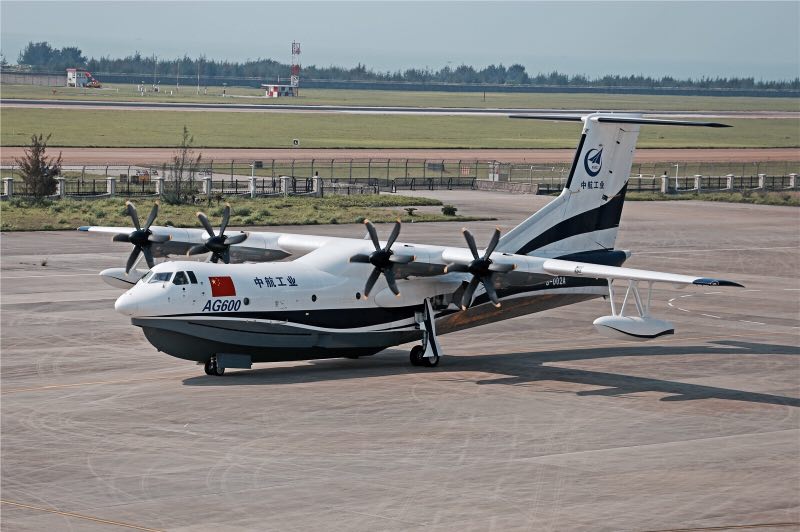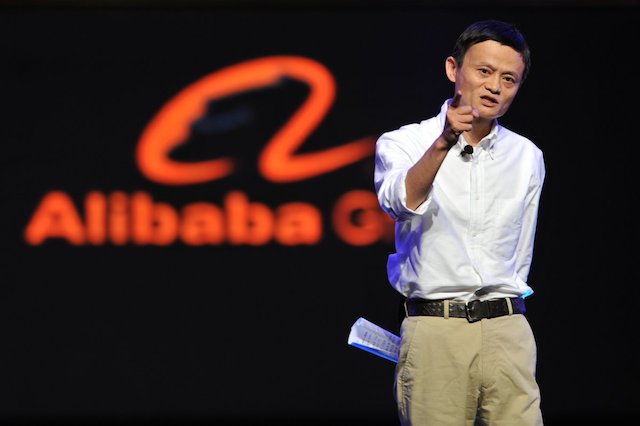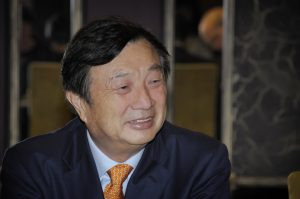The Chinese Amphibious AG600 Completes its First Waterborne Take-off

China, on Saturday, successfully, completed the first takeoff and landing of its amphibious aeroplane, on water, at a reservoir in China’s central Hubei province. The plane is called the Kunlong AG600. Kunlong is a Chinese word, that means Water Dragon. The AG600 is the world’s biggest amphibious plane and has been built by China independently. The aircraft is one of the three largest aircraft of China, including the Y-20 military transport aircraft and the C-919 commercial passenger airliner. During the Saturday’s trial, the AG600 completed a 14-minute ride, successfully.
The Aviation Industry Corporation of China (AVIC) began the production of the prototype of the seaplane, in 2014, after China announced the AG600 program, in 2011. The aircraft was first unveiled in July 2016, in Zhuhai city of southern China. The Aircraft carried out its first trial flight, in August 2018, from the Zhuhai airport in the Guangdong province of China, to the Jingmen airport in Hubei province of China.
The aircraft possesses four WJ-6 turboprop engines, the Chinese-made versions of a Russian engine. It is 37 meters long, and the wings are 38.8 meters widespread. The plane can carry 50 people and can hold a maximum take-off weight of 59 tons on land, and 54 tons on the water. AVIC has claimed that the AG600 can stay airborne for up to 12 hours, and its cruising speed can reach up to 500 kilometres per hour. Without the refuelling, the operational range for the aircraft can be about 4,500 kilometres at max.
The production of the AG600 targets at bringing out the maritime search-and-rescue operations and the aerial fire-fighting operations. The aircraft requires a water depth of 2.5 meters for landing and take-off. And, is capable of taking off and land in waves up to 6.5 feet high. The AG600 can resist two-meter-high waves. The aircraft is useful for carrying supplies and military personnel, during any of the Chinese maritime military operations. However, China claims that the AG600 will only be a part of the marine monitoring and safety patrol, the development of the world’s largest amphibious aircraft has raised many eyebrows as well.

Yashica is a Software Engineer turned Content Writer, who loves to write on social causes and expertise in writing technical stuff. She loves to watch movies and explore new places. She believes that you need to live once before you die. So experimenting with her life and career choices, she is trying to live her life to the fullest.




